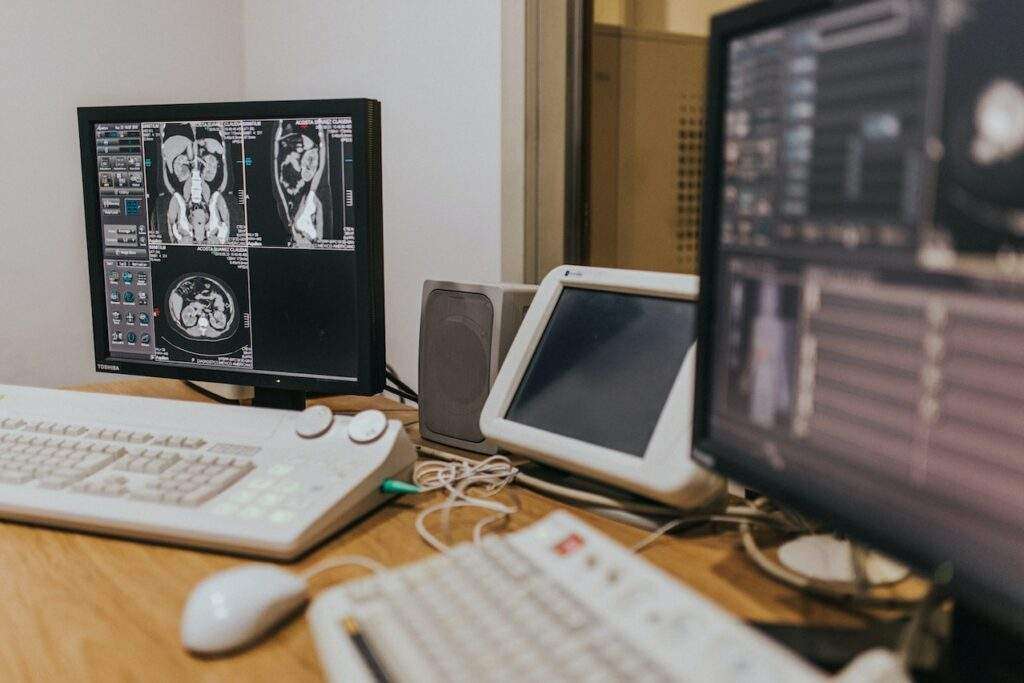
When it comes to cancer detection, accurate and timely diagnosis is of utmost importance. In recent years, MRI, or Magnetic Resonance Imaging, has gained popularity for being a non-invasive tool in the field of oncology. Utilizing a combination of magnetic fields and radio waves, it provides detailed images of the body’s internal structures, aiding in the detection, diagnosis, and treatment planning of various types of cancers. This article deals with how MRI has transformed the landscape of cancer detection.
Visualizing Tumor Tissue with Precision
MRI is particularly effective in visualizing soft tissues, making it an invaluable tool for oncologists. Unlike other imaging modalities such as X-rays or CT scans, it does not rely on ionizing radiation, making it safer for patients, especially those requiring frequent monitoring. The high-resolution images generated by MRI allow for the accurate visualization and characterization of tumors, providing crucial information about their location, size, and relationship with surrounding structures.
Differentiating Healthy Tissue from Malignant Lesions
One of the critical strengths of MRI in oncology lies in its ability to distinguish between healthy tissue and malignant lesions. MRI can identify the subtle differences in tissue properties by utilizing various imaging sequences and contrast agents, aiding the differentiation between benign and malignant tumors. This capability is precious in cases where traditional screening methods yield inconclusive results, enabling clinicians to make informed decisions about further diagnostic procedures or treatment plans.
Monitoring Treatment Response
MRI’s role in oncology extends beyond detection and diagnosis. As information from Inside Radiology and other sources will tell you. It also plays a vital role in monitoring treatment response. Capturing images before, during, and after treatment enables clinicians to assess the effectiveness of therapies and make necessary adjustments if needed. For instance, tumor size, morphology, or vascularity changes can be monitored over time. This provides valuable insights into the tumor’s response to chemotherapy, radiation, or targeted therapies. The real-time feedback allows for personalized treatment strategies, optimizing patient outcomes.
Exploring Functional Imaging with MRI
In addition to its anatomical imaging capabilities, MRI is increasingly used for functional oncology imaging. Functional MRI techniques like diffusion-weighted imaging (DWI) and magnetic resonance spectroscopy (MRS) provide insights into tumor physiology and metabolism. DWI plays a crucial role in evaluating cellularity and tumor aggressiveness by measuring the diffusion of water molecules in tissues.
However, MRS detects and quantifies specific metabolites, offering valuable information about cellular activity and the presence of biomarkers. These functional imaging techniques complement traditional MRI and provide a more comprehensive understanding of tumor biology.
Navigating Challenges and Future Directions
While MRI has proven to be a valuable tool in oncology, it is not without challenges. Its high cost, limited availability in some regions, and longer scan times than other imaging modalities obstruct its widespread use. Efforts are underway to address these challenges. Such as developing faster MRI techniques and exploring artificial intelligence-based image analysis algorithms to enhance efficiency and accuracy.
Looking ahead, the future of MRI in oncology holds excellent promise. Advancements in imaging technology, including higher magnetic field strengths and improved imaging sequences, continue to enhance MRI’s capabilities. Additionally, ongoing research in molecular imaging, utilizing targeted contrast agents and radio-tracers, aims to further refine cancer detection and characterization.
In conclusion, Magnetic Resonance Imaging (MRI) has revolutionized cancer detection in oncology. Its non-invasive nature, ability to differentiate between healthy and malignant tissue, and capacity for monitoring treatment response make it an indispensable tool for clinicians. As technology progresses and new applications emerge, it will play a pivotal role in the fight against cancer.